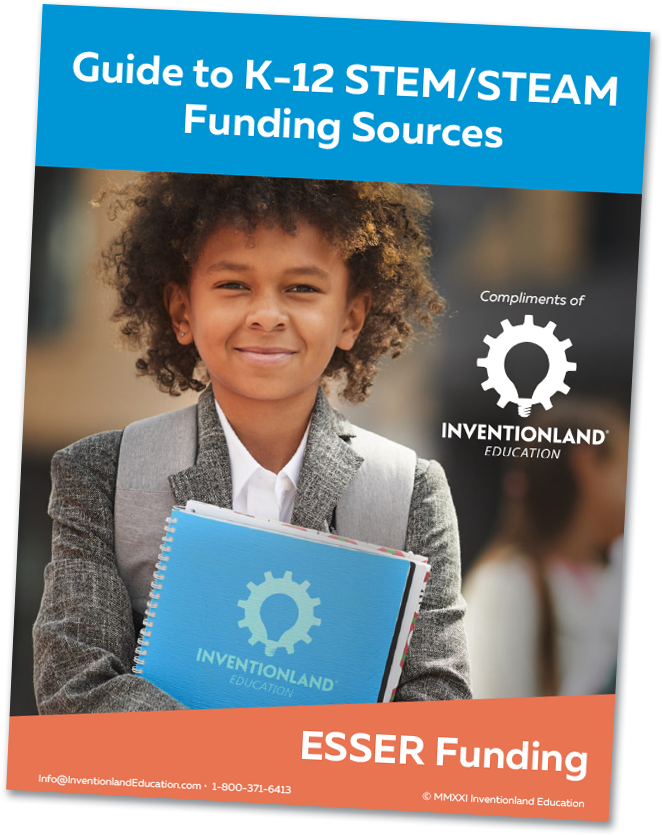The ESSER Funding Guide for K-12 Educators: Everything You Need to Know
 If you’re a K-12 educator, you know that funding is always a challenge. Every year, schools have to make tough decisions on how to spend their money. But it doesn’t have to be this way! The ESSER Funding Guide for K-12 Educators provides everything you need to know about getting money for your school. We’ll show you how to navigate ESSER funding and more! So, don’t wait any longer – download your free copy of the ESSER Funding Guide today!
If you’re a K-12 educator, you know that funding is always a challenge. Every year, schools have to make tough decisions on how to spend their money. But it doesn’t have to be this way! The ESSER Funding Guide for K-12 Educators provides everything you need to know about getting money for your school. We’ll show you how to navigate ESSER funding and more! So, don’t wait any longer – download your free copy of the ESSER Funding Guide today!
Understanding ESSER Funding
Since March 2020, the federal government has passed three relief packages in response to the COVID-19 pandemic that includes unprecedented support for K–12 schools. This support is called ESSER, which is an acronym for Elementary and Secondary School Emergency Relief.
Emergency Relief (ESSER) program includes federal aid that flows to states to support schools and districts under Title I-A of the Elementary and Secondary Education Act (ESEA). Under ESSER, the U.S. Department of Education (USED) awarded grants to state education agencies so that they could provide emergency relief funds to local education agencies (school districts) to address COVID-19’s impact on elementary and secondary schools across the country.

The ESSER program has three funding streams because it is written in three different pieces of federal legislation. For each funding stream, districts have 1 year after the previous year to obligate their funds or finalize awards to contractual partners, like the team at Inventionland® Education.
Combined, the legislation provides more than $193 billion in aid to state education agencies (SEAs) which must sub-award 87.5 – 90% to school districts. An additional $9.7 billion has been directed to governors to spend at their discretion and support private schools. The majority of relief funds will be disbursed based on the proportion of Title I funds a state or district received in the most recent fiscal year. Relief Funds and Title I Funds are otherwise unrelated.
SEAs and school districts may use the funds for any activity permitted under other federal education laws (think any activity allowed under ESEA, IDEA, AEFLA, Perkins, or McKinney-Vento Title VIIB). Funds can be used for pre-award costs dating back to March 13, 2020.
 Are Private Schools Eligible to Receive ESSER Funds?
Are Private Schools Eligible to Receive ESSER Funds?
The CARES Act does allow ESSER funds to be allocated to private schools. However, the CARES Act makes a distinction between for-profit and not-for -profit private schools. Regarding not-for-profit private schools, the rules state, as noted by the American Federation for Children, that they are eligible for equitable ESSER Funds “even if a non-public school has not previously participated in federal education programs, such as Title I, Part A or Title VIII of the Elementary
Can CARES Act/ESSER money be used for technology?
Absolutely. Schools have relied on technology to get them through the pandemic. Within the guidelines of the legislation, districts are expected to use the funds based on their individual needs. Many have focused on hiring additional teachers, instructional coaches, instructional assistants, counselors, nurses, custodians, and other staff to support students and their teachers. Investments in software provide districts with the tools they need to manage human capital – all the people who will help students successfully navigate the new normal.